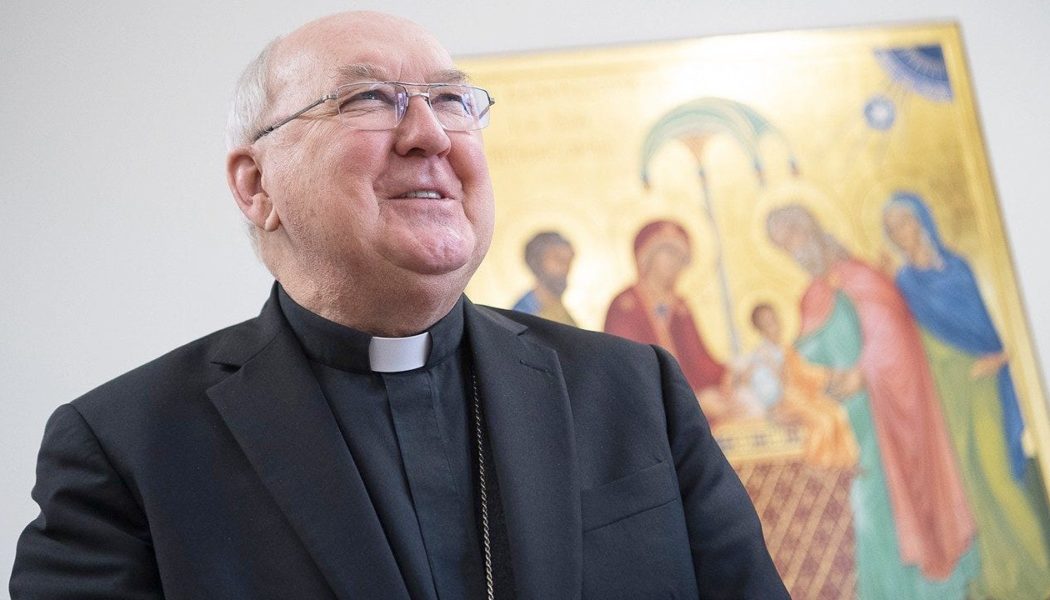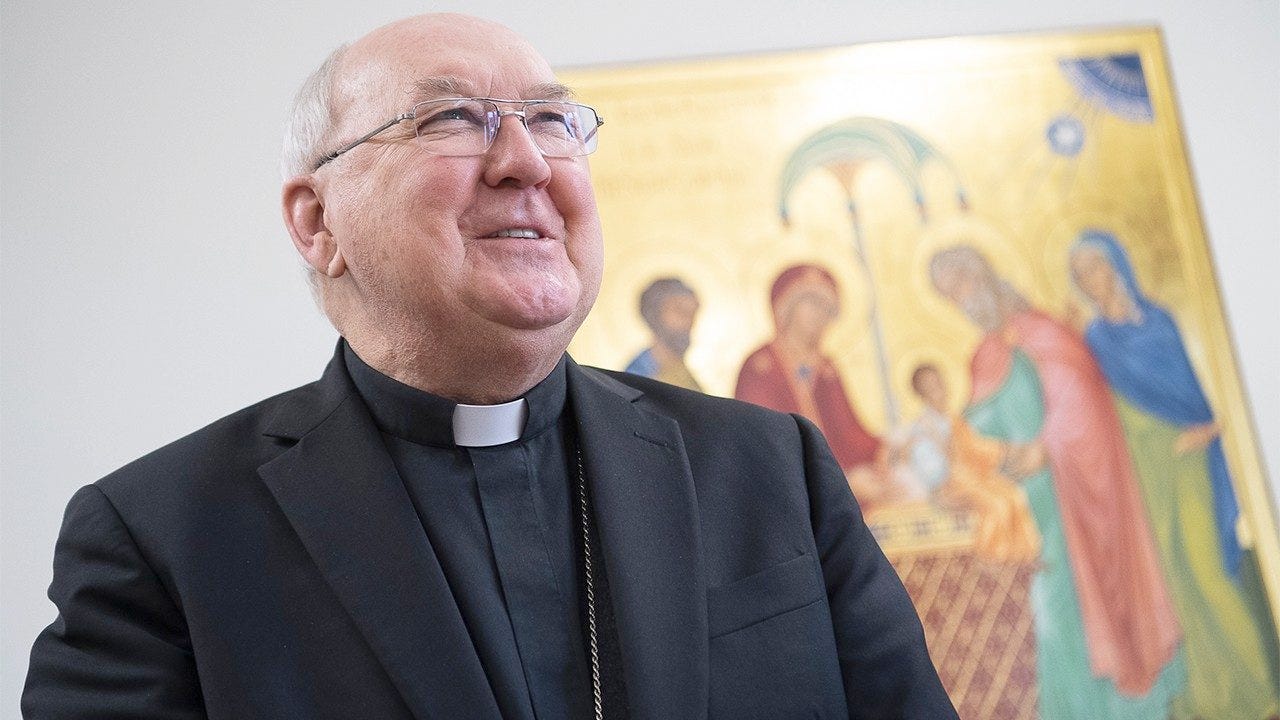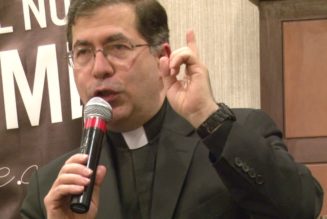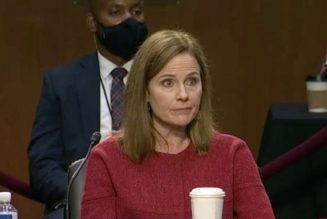Pope Francis announced Thursday that he has appointed Cardinal Kevin Farrell as the sole director of the pension fund for the Holy See, covering former employees of both the Roman curia and the Vatican city state.
Francis took the decision, he said in a letter to the College of Cardinals and officials of curia, in the light of “a serious prospective imbalance of the fund” leaving it unable to meet its obligations.
“Unfortunately,” said the pope, “at the end of the latest in-depth analyses carried out by independent experts, indicates a serious prospective imbalance of the fund, whose dimension tends to widen over time in the absence of interventions.”
“In concrete terms, this means that the current system is not able to guarantee in the medium term the fulfillment of the pension obligation for future generations.”
Dealing with the fund’s looming liquidity crisis necessitate “difficult decisions that will require a particular sensitivity, generosity and willingness to sacrifice on the part of all,” the pope said.
“In light of this and all well-considered, I would therefore like to inform you of the decision, which I have taken today, to appoint His Eminence, Kevin Card. Farrell, the sole Director for the Pension Fund, believing that this choice represents, at this time, an essential step to respond to the challenges that our social security system faces in the future.”
Cardinal Farrell, who has an MBA from the University of Notre Dame, has been named by Francis to an increasing list of sensitive curial appointments over the course of his pontificate. In 2016, the pope named him to lead the Dicastery for Laity, Family and Life, and named him camerlengo of the Roman Church in 2019.
In the wake of the Secretariat of State’s financial scandal, in 2020 the pope named Farrell to lead the Vatican’s Commission for Reserved Matters, which oversees investments and expenditures touching sovereign or confidential diplomatic matters — replacing Cardinal Pietro Parolin, the Secretary of State.
In 2022 Francis named the cardinal to lead a new central Committee for Investments for the Vatican. Last year, the pope also made Farrell, who is not a lawyer or a canonist, head of the Vatican city state’s supreme court.
The decision to appoint Farrell as sole “pension czar” for the Vatican and oversee an overhaul of its assets, investments, and obligations, is the latest in a series of cost cutting measures and increasingly urgent warnings by the pope of a dire financial situation facing the Holy See.
Last month, Maximino Caballero Ledo, prefect of the Secretariat for the Economy, announced another round of salary cuts for senior officials and Vatican cardinals — the second such cut since 2021.
That announcement followed a dire assessment of the ongoing budget situation by the pope in a letter to the college of cardinals in September of this year, in which Francis warned that curial departments would have to pool resources and assets to meet cross-Vatican financial shortfalls.
Over the last several years, the pope has approved a raft of policy changes to how Vatican departments do business, and made attention grabbing efforts at cost-cutting around the curia.
But, despite more than a decade of cost cutting measures and financial reforms, the Vatican continues to overspend by tens of millions of euros on its annual operations, with senior financial figures warning that the structural budget deficit is growing, not narrowing.
The Secretariat for the Economy formerly published an annual mission budget presentation, but has not done so since 2022. According to the last published budget report, curial operations in 2022 were set to cost 796 million euros per year, with a forecast operating loss of 33.4 million after expected donations from sources including Peter’s Pence.
In October 2023, Caballero Ledo gave an indication of the scale of the Vatican’s financial “crisis” when he said that the Holy See had a structural budget deficit of “between 50 and 60 million euros a year,” despite years of austerity measures.
The prefect put this relative size of this ongoing shortfall in stark perspective, noting that “If we were to cover this deficit only by cutting expenses, we would close 43 of the 53 entities that belong to the Roman Curia, and this is not possible.”
Financial reports released by APSA earlier this year showed the Holy See’s institutional asset manager had recorded profits of 45.9 million euros last year. But while the results were widely hailed as a positive return, others pointed out that the same report noted a return of only 35 million across the Holy See’s international property portfolio of thousands of units.
Meanwhile, a separate report on the management of Peter’s Pence, the annual collection to support the work of the Holy Father, painted a dangerously bleak picture:
The sale of stable assets by Peter’s Pence to fund daily Vatican running costs raises serious questions about the medium-term financial viability of Vatican operations.
In February, a senior official close to the Secretariat for the Economy told The Pillar that “Our Lord guaranteed the Church will never fail, but that guarantee didn’t come with an annuity.”
“There’s no magic money tree in the Vatican gardens,” he said. “There are still a lot of underperforming assets that need to be identified and maximized,” said the official, “but even that goes only so far. We are talking about very large operating losses every year bleeding away reserves.”
“Everyone likes to cheer the small victories, chipping away here and there at an unsustainable situation, but there’s no big picture thinking. Past a certain point, you’re just trimming the catering budget on the Titanic — sure you’re making savings, but what you need is a total change of course.”
Vatican interdepartmental memos obtained and previously reported by The Pillar showed that even at the height of Francis’ initial reforms, the annual Peter’s Pence collection was almost entirely being spent on Vatican bureaucracy because curial officials were “failing to do their jobs.”
The memos also flagged “a dangerously, highly centralised investment process and opaque portfolio management operation that breed irregularities and represent significant exposure to fraud.”
Since those memos were written, the senior leadership of both major Vatican financial oversight bodies, the Secretariat for the Economy and the Office of the Auditor General, have turned over several times.
Comments 2
Services Marketplace – Listings, Bookings & Reviews






